เรามีความยินยอมที่จะนำเสนอบทสนทนาแบบสนุกสำหรับเด็กอายุ 5-6 ปี โดยใช้ภาษาอังกฤษ ที่มีเนื้อหาเกี่ยวกับการแชทกับสัตว์เลี้ยง ซึ่งจะช่วยเด็กเรียนรู้ภาษาอังกฤษและมีความสนุกสนานด้วยกันด้วยความสงสัยและความออกเยอะที่เป็นเอกลักษณ์ของวัยรุ่นนี้ จากนั้น เราจะเพิ่มเติมด้วยเกมทายคำภาษาอังกฤษที่มีภาพสัตว์น้ำเป็นตัวช่วย ซึ่งจะช่วยเด็กเรียนรู้คำศัพท์ที่เกี่ยวข้องกับสัตว์น้ำและมีความสนุกสนานในการเล่นเกมด้วยกัน นอกจากนี้ บทเรียนยังจะรวมเนื้อหาเรียนรู้เกี่ยวกับวันที่และเวลาในภาษาอังกฤษ โดยผสมผสานกับเรื่องราวการเดินทางที่เป็นเรื่องราวที่เด็กชอบที่สุด และจะมีบทกวีเล็กๆ ภาษาอังกฤษที่เกี่ยวข้องกับสีของสิ่งแวดล้อม เพื่อช่วยเด็กเรียนรู้คำศัพท์ที่เกี่ยวข้องกับสีและสิ่งแวดล้อมที่เรียบร้อยและงดงาม
ภาพและคำศัพท์
เรื่องเล่าเกี่ยวกับน้องแมวที่เรียนภาษาอังกฤษ
Once upon a time, in a cozy little village, there lived a curious cat named Whiskers. Whiskers was not just any cat; he was fascinated by the world beyond his home. One sunny afternoon, while exploring the village, Whiskers stumbled upon a magical bookshop.
Inside the shop, Whiskers found a book that spoke to him in a language he had never heard before. The words were strange and beautiful, and Whiskers was determined to learn them. He spent every day by the bookshop, listening to the shopkeeper read from the magical book.
As Whiskers learned more and more words, he realized that the book was not just a collection of words, but a story about a magical journey. The story spoke of a land far away, where animals could talk and trees sang. Whiskers was captivated by the idea of such a place.
One day, the shopkeeper noticed Whiskers’ determination and decided to help him. He gave Whiskers a special amulet that would allow him to travel to the land of the magical journey. With the amulet around his neck, Whiskers set off on his adventure.
Whiskers traveled through the sky, past fluffy clouds and bright suns, until he reached the land of the magical journey. There, he met a wise old owl named Oliver, who became his guide. Oliver showed Whiskers the wonders of the land, from talking animals to singing trees.
One day, while exploring a forest, Whiskers met a friendly fox named Freddie. Freddie was having trouble finding his way home because he had lost his way. Whiskers, using his newfound language skills, helped Freddie find his way back to his family.
Another day, Whiskers and Oliver visited a village where the animals were preparing for a grand festival. Whiskers, with his new friends, helped to decorate the village and prepare for the celebration. The festival was a grand success, and Whiskers felt like a part of the community.
As Whiskers’ adventure continued, he learned more about the language and the culture of the magical land. He learned about the seasons, the animals, and the plants that grew there. Whiskers even learned to sing with the trees and talk with the animals.
Finally, the time came for Whiskers to return home. He knew that he would miss the magical land, but he was grateful for the experiences and the friends he had made. With a heavy heart, Whiskers said goodbye to Oliver and his new friends.
Back in the village, Whiskers shared his adventures with the shopkeeper and all his friends. They were amazed by the stories of the magical land and the animals that could talk. Whiskers realized that the language he had learned was not just a way to communicate, but a way to connect with the world around him.
And so, Whiskers continued to explore and learn, always ready for his next adventure. And whenever he looked up at the sky, he knew that the magical land was always there, waiting for him to return.
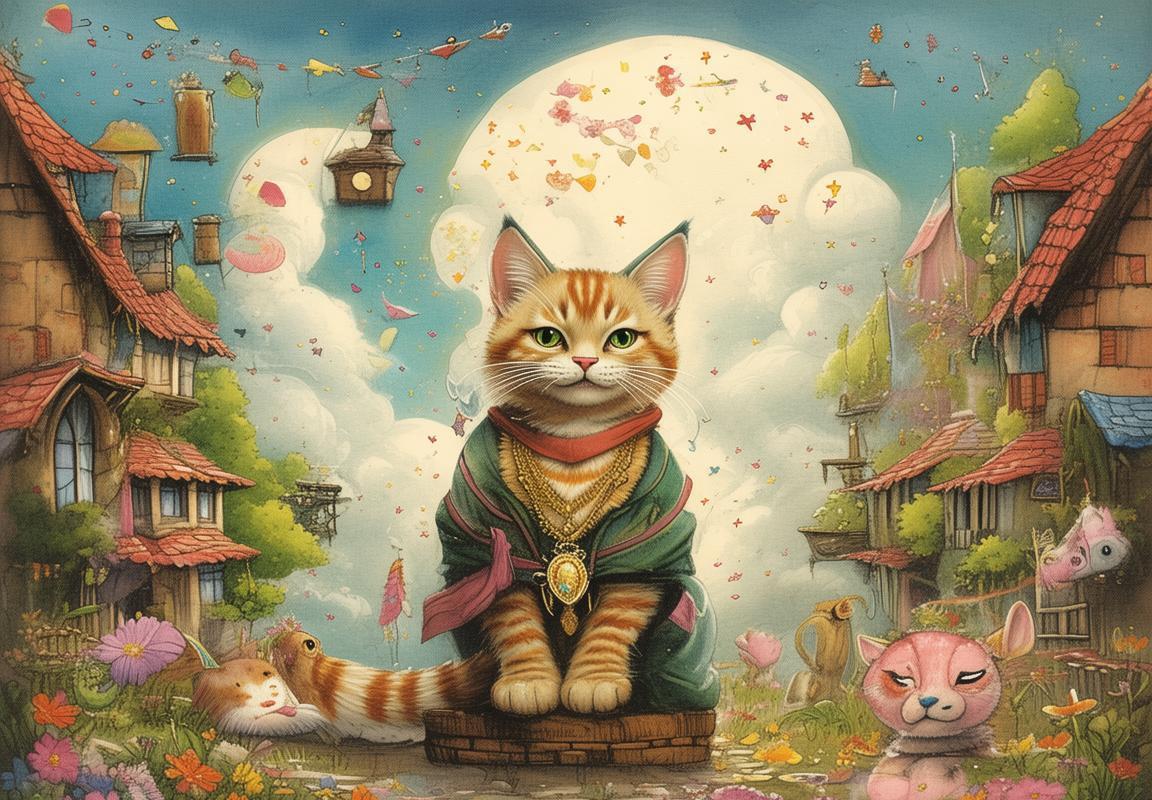
กติกาเกม
กติกาเกมการหาคำศัพท์ซ่อนภาษาอังกฤษเกี่ยวกับสิ่งแวดล้อม
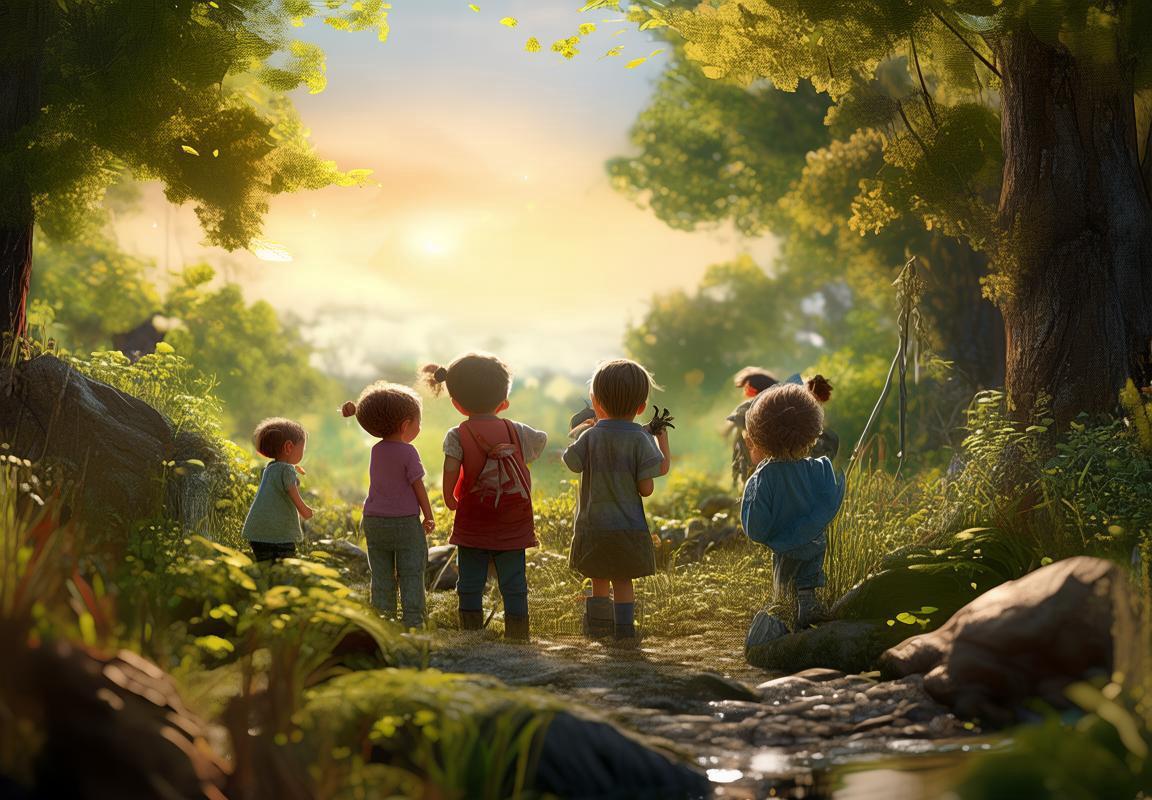
1. การเริ่มต้น
- แสดงภาพ: แสดงภาพแรกแก่เด็กและบอกว่าเขา/เธอต้องหาคำศัพท์ที่ซ่อนในภาพนี้。
- กติกาของภาพ: ให้เด็กกล่าวถึงสิ่งที่เห็นในภาพและกล่าวว่าเขา/เธอต้องหาคำศัพท์ที่เกี่ยวข้องกับสิ่งแวดล้อม。
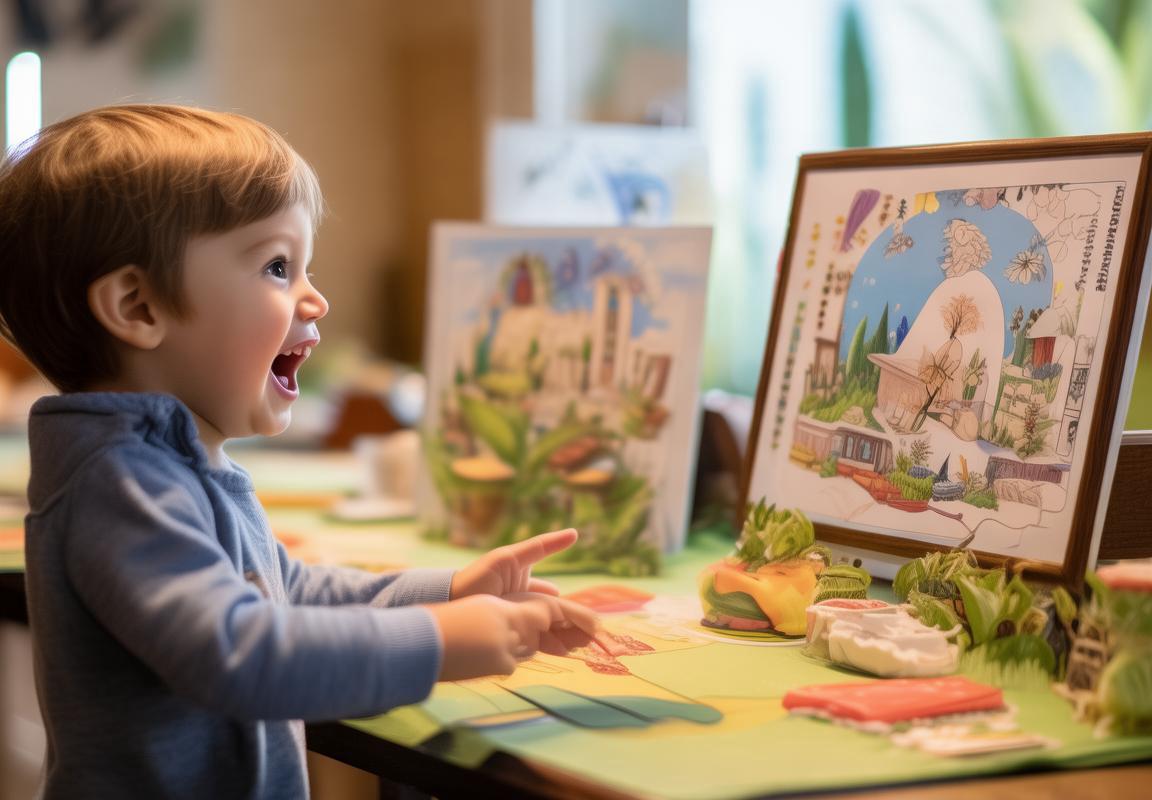
2. การหาคำศัพท์
- หาคำศัพท์: ให้เด็กหาคำศัพท์ที่ซ่อนในภาพและเขียนมันลงบนกระดานเขียนหรือใบกระดานลงทะเบียนคำศัพท์ของเขา/เธอ。
- การตรวจสอบ: หลังจากที่เด็กหาคำศัพท์ทั้งหมด ให้ครูหรือผู้สอนตรวจสอบและแนะนำคำศัพท์ที่ถูกต้องหรือผิดพลาด。
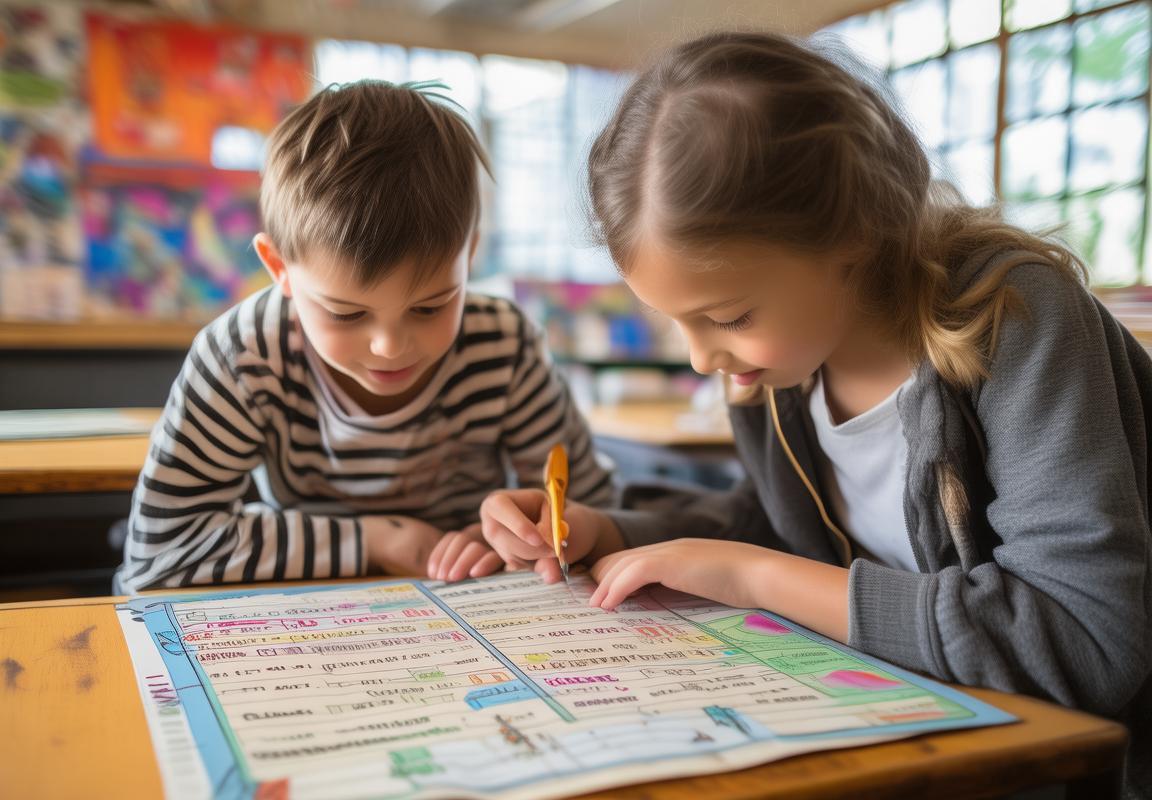
3. การอธิบายความหมาย
- อธิบายความหมาย: ให้เด็กอ่านคำศัพท์ที่เขา/เธอหาและอธิบายถึงความหมายของมัน (ตัวอย่าง: “Tree คือ ไม้” หรือ “River คือ แม่น้ำ”)。
- ปฏิบัติการอธิบาย: ให้เด็กอธิบายถึงสิ่งที่เกี่ยวข้องกับคำศัพท์ที่เขา/เธอหา (ตัวอย่าง: “We play under the tree” หรือ “We drink water from the river”).
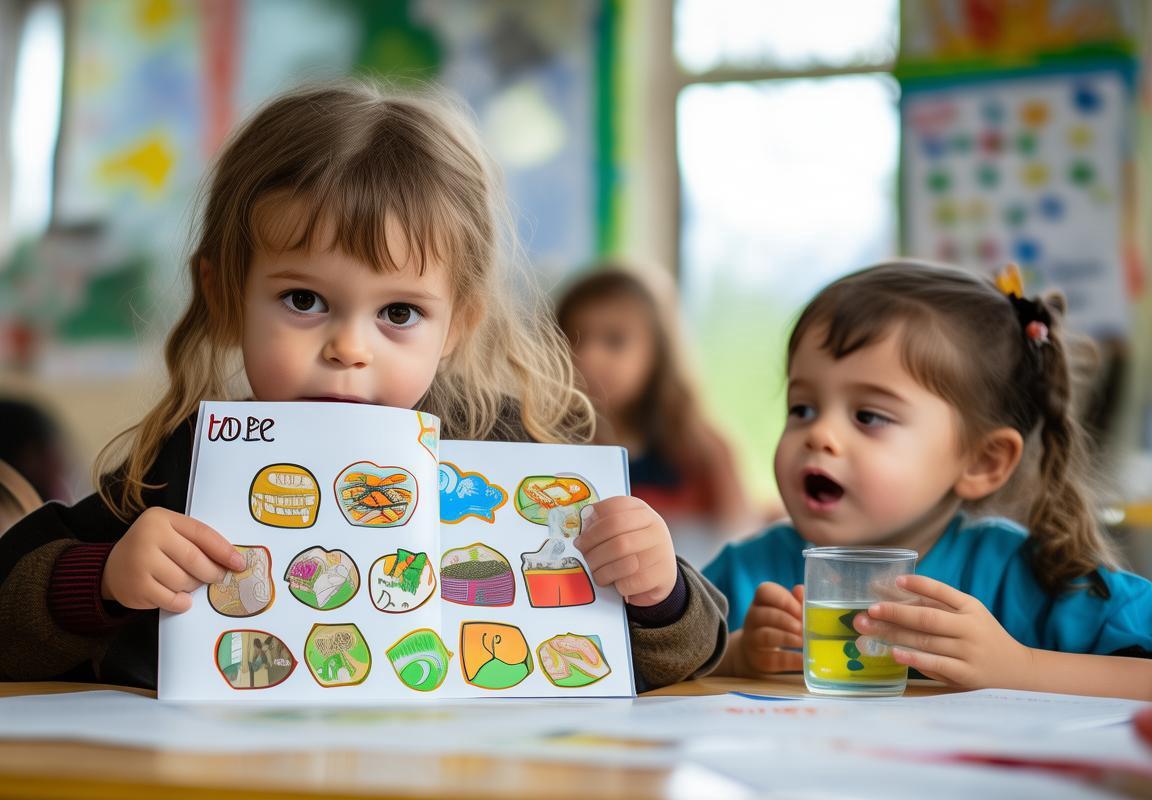
4. กติกาสิ้นเล่น
- ขอบคุณและแนะนำ: ขอบคุณเด็กที่เข้าใจและทำงานดี และแนะนำเด็กที่จะเล่นเกมนี้อีกครั้งในภายหลังเพื่อเรียนรู้คำศัพท์ใหม่ๆ และทำความจำคำศัพท์ที่เขา/เธอเพิ่งหาได้。
- การตั้งคำถาม: ตั้งคำถามเพื่อช่วยเด็กทำความจำคำศัพท์ (ตัวอย่าง: “What do we do near the river?”) และให้เด็กตอบคำถามเองหรือกับเพื่อนของเขา/เธอ。
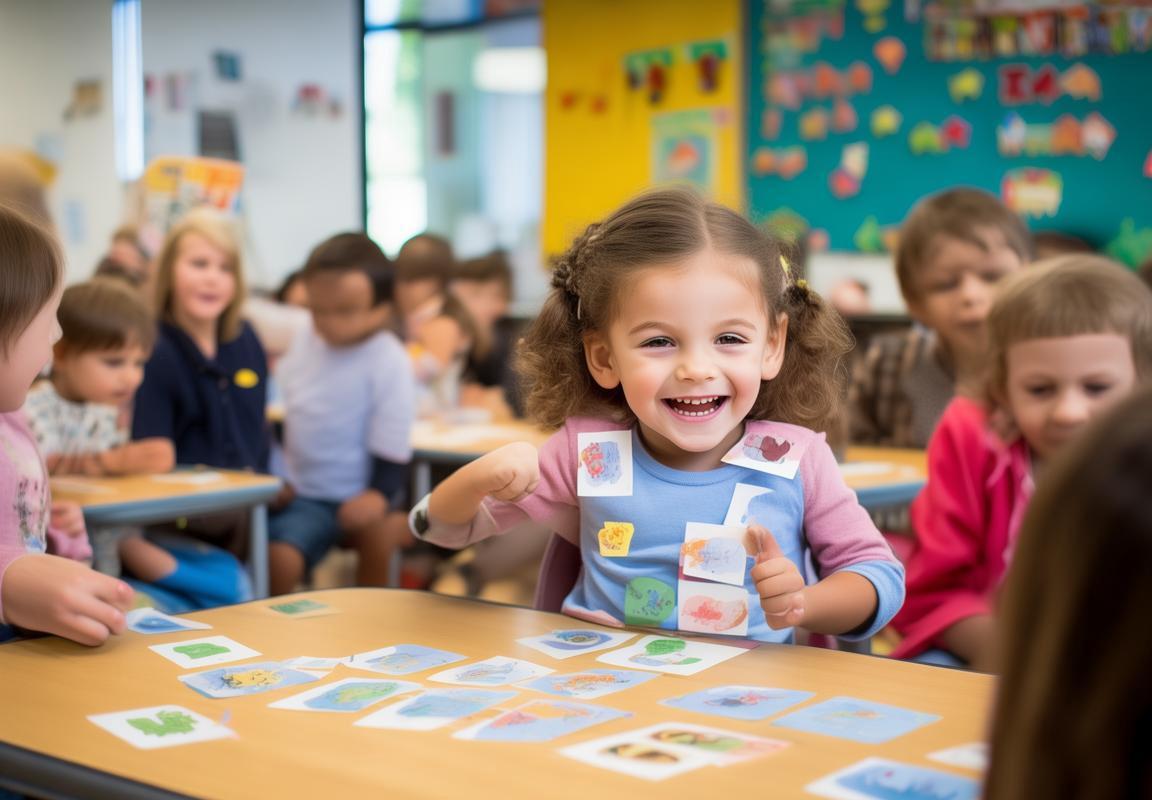
5. กติกาเพิ่มเติม
- **ภาพเพิ่

กติกาเกมเพิ่มเติม

กติกาเกมการหาคำศัพท์ซ่อนภาษาอังกฤษเกี่ยวกับสิ่งแวดล้อม
- แสดงภาพแรก:
- แสดงภาพของป่าและสัตว์ป่า (เช่น หมี, แรน, แก้ว) ให้เด็กมองเห็นและบอกว่าเขา/เธอต้องหาคำศัพท์ที่ซ่อนในภาพนี้。
- หาคำศัพท์:
- ให้เด็กหาคำศัพท์ที่ซ่อนในภาพ และเขียนมันลงบนกระดานเขียนหรือใบกระดานลงทะเบียนคำศัพท์ของเขา/เธอ (คำศัพท์ที่ซ่อน: forest, tree, animal, leaf, river).
- อธิบายความหมาย:
- หลังจากที่เด็กหาคำศัพท์ทั้งหมด ให้เขา/เธออ่านคำศัพท์ที่เขา/เธอหาและอธิบายถึงความหมายของมัน (ตัวอย่าง: “A forest is a place with many trees and animals.”)
- ตั้งคำถามช่วยทำความจำ:
- ตั้งคำถามหนึ่งเพื่อช่วยเด็กทำความจำคำศัพท์ที่เขา/เธอเพิ่งหาได้ (ตัวอย่าง: “What lives in the forest?”)
- ภาพแบบที่สอง:
- แสดงภาพของหาดทะเลและสิ่งของที่อยู่บนหาด (เช่น ดาวทะเล, หายนม, หนาว) และซ้ำกระบวนการเดิม (คำศัพท์ที่ซ่อน: beach, sand, sea, shell, fish).
- ภาพแบบที่สาม:
- แสดงภาพของเมืองและสิ่งของที่อยู่ในเมือง (เช่น ตึก, รถยนต์, ถนน) และซ้ำกระบวนการเดิม (คำศัพท์ที่ซ่อน: city, building, car, street, people).
- ภาพแบบที่สี่:
- แสดงภาพของภูเขาและสิ่งของที่อยู่บนภูเขา (เช่น ฝาย, หมอก, ต้นไม้) และซ้ำกระบวนการเดิม (คำศัพท์ที่ซ่อน: mountain, rock, cloud, tree, animal).
- ประกาศชัดแจง:
- ขอบคุณเด็กที่เข้าใจและทำงานดี และสร้างความหลากหลายด้วยการเล่
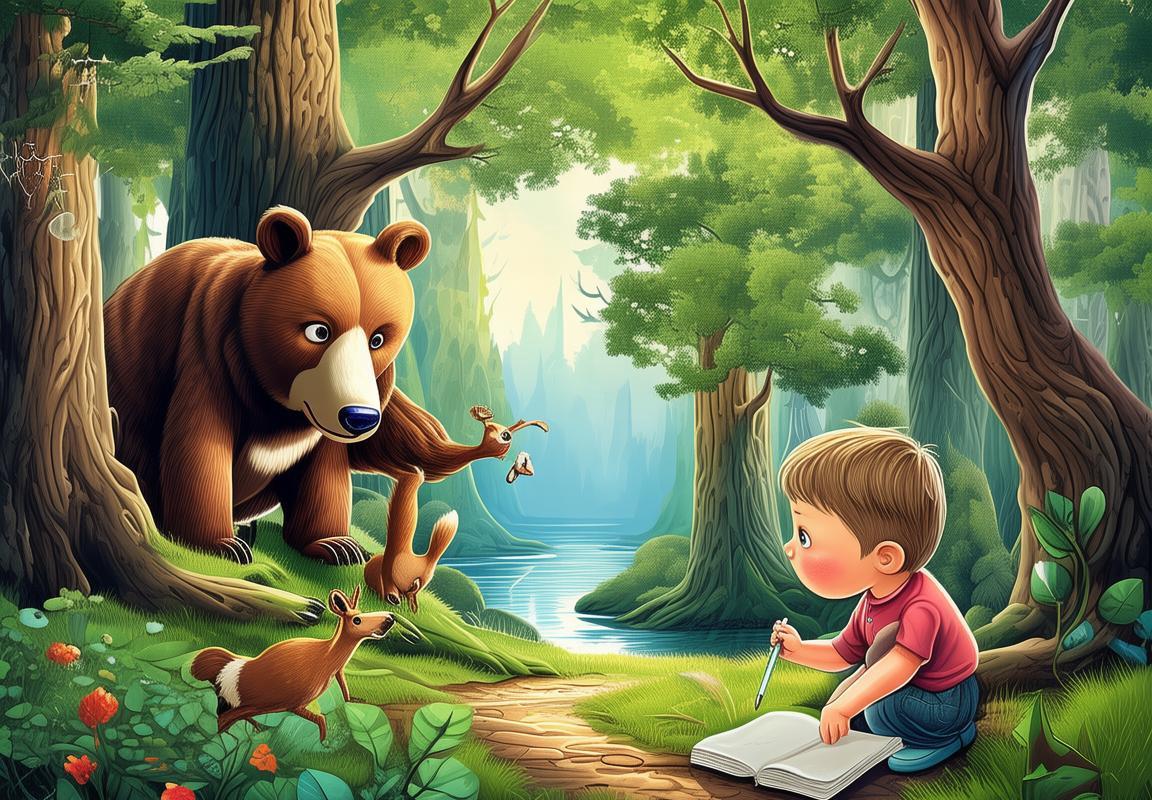
แบบฝึกหัดเพิ่มเติม
- เกมการจับคู่ภาพและคำศัพท์:
- ให้เด็กดูภาพของสิ่งของที่มีตรงกันข้ามกัน (เช่นภาพของต้นไม้กับคำศัพท์ “tree”) และจับคู่มันกันทันทีโดยไม่ต้องใช้ภาษาอังกฤษเป็นตัวช่วย。
- ภาพที่สามารถใช้ต่อไปเป็นภาพของสิ่งของที่เด็กชอบ เช่น ของเล่น, ของทาน, สัตว์เลี้ยง, และอื่นๆ。
- เกมการหาคำศัพท์ซ่อน:
- ให้เด็กดูภาพที่ซ่อนคำศัพท์เกี่ยวกับสิ่งแวดล้อม (เช่น ภาพของป่า, หาดทะเล, หอสวน, หลังบ้าน) และหาคำศัพท์ที่ซ่อนไว้ในภาพดังกล่าว。
- ตัวอย่าง: ภาพของป่าที่ซ่อนคำศัพท์ “forest”, “tree”, “animal”, “leaf”, “river”。
- เกมการอ่านและตอบคำถาม:
- ให้เด็กอ่านภาพและตอบคำถามที่ติดกับภาพดังกล่าว (เช่น “What is in the forest?” ตอบ “Trees and animals.”).
- ภาพที่สามารถใช้ต่อไปเป็นภาพของสถานที่ที่เด็กมีความสนใจ เช่น สวนสัตว์, หน้าที่เล่น, ร้านค้า, หอสมุด, และอื่นๆ。
- เกมการเรียกคำศัพท์แบบคล้อง:
- ให้เด็กเรียกคำศัพท์ที่เขา/เธอเห็นในภาพและอธิบายถึงความหมายของมัน (เช่น “What is this? It’s a tree. Trees are green and tall.”).
- ภาพที่สามารถใช้ต่อไปเป็นภาพของสิ่งของที่มีลักษณะทางภายนอก เช่น ดอกไม้, รถยนต์, หอสวน, หอสมุด, และอื่นๆ。
- เกมการแข่งขันตอบคำถาม:
- จัดการแข่งขันระหว่างกลุ่มเพื่อช่วยเป็นส่วนหนึ่งของเกมการตอบคำถามเกี่ยวกับสิ่งแวดล้อม (เช่น “What is this? It’s a beach.” ตอบ “Beach is a place with sand and water.”).
